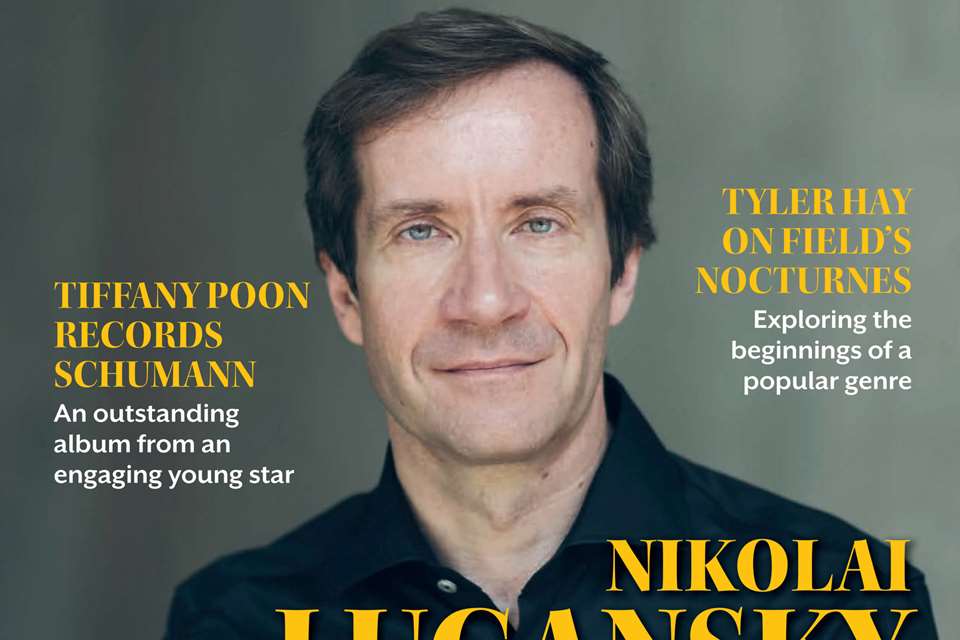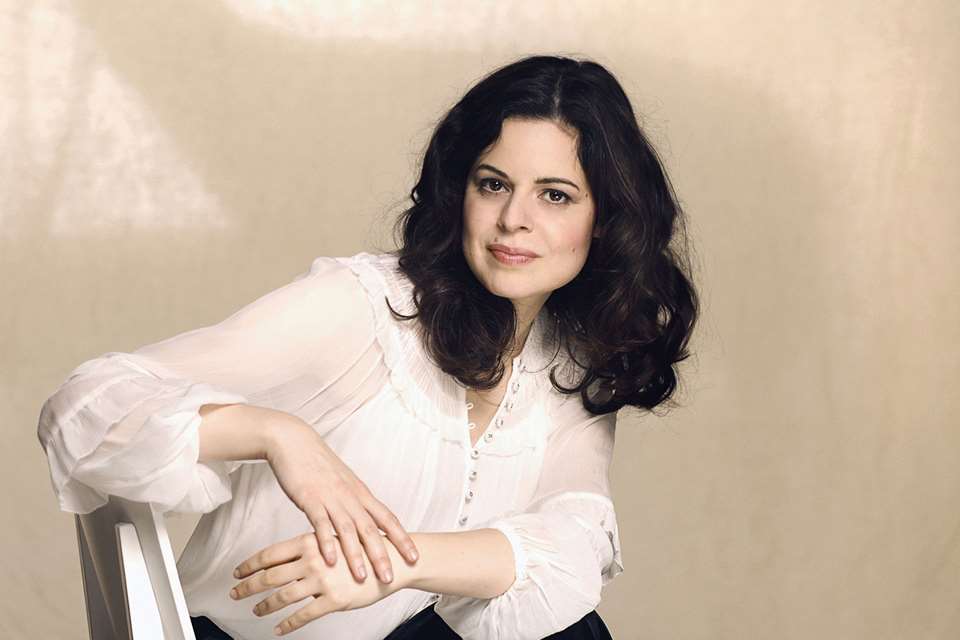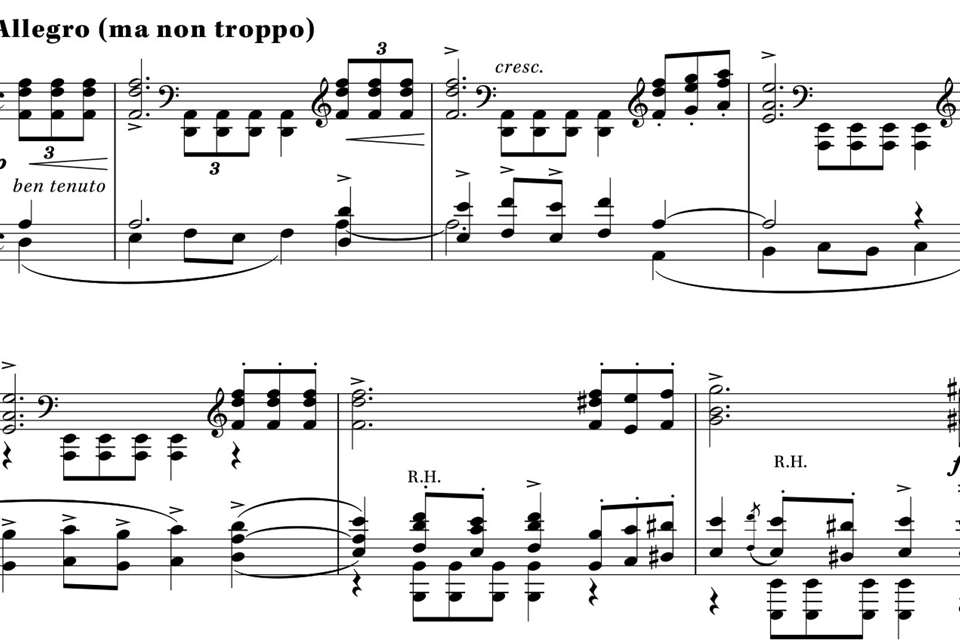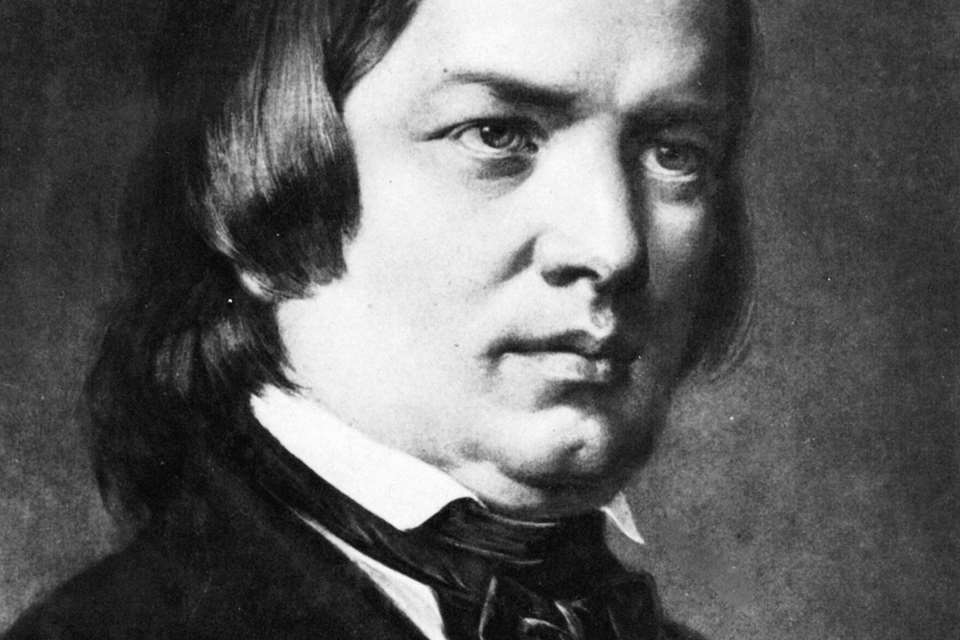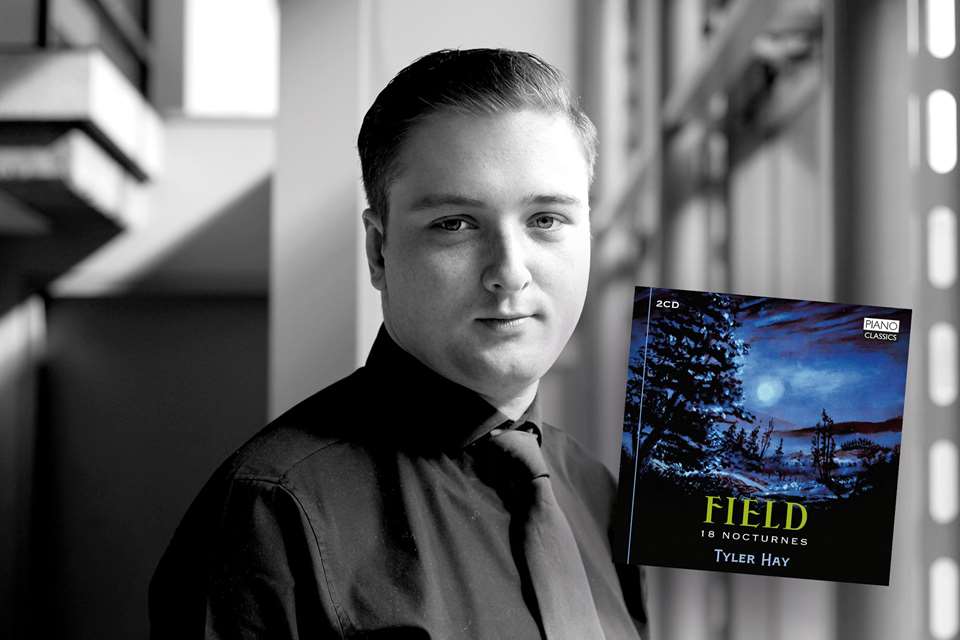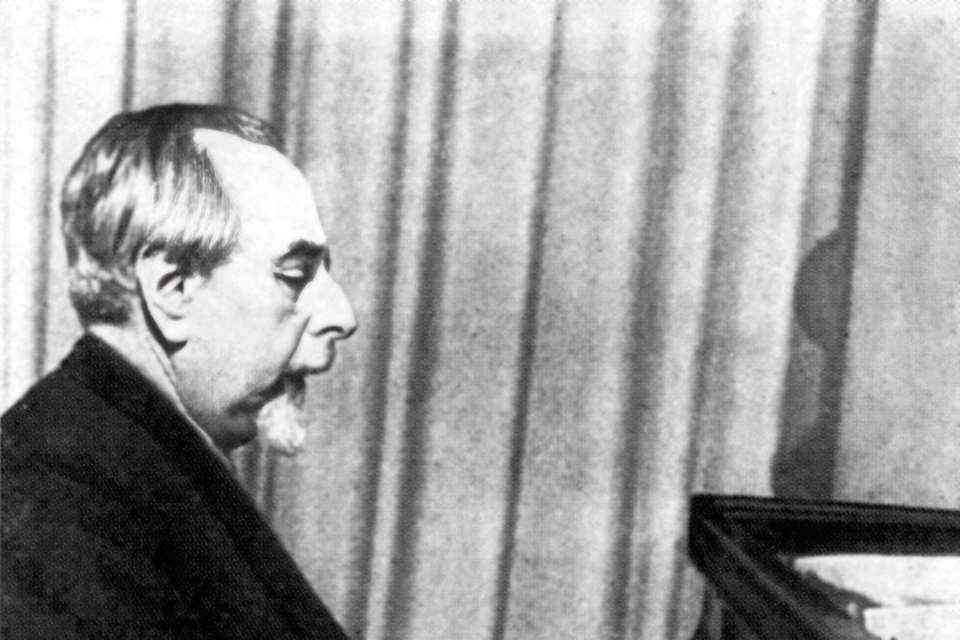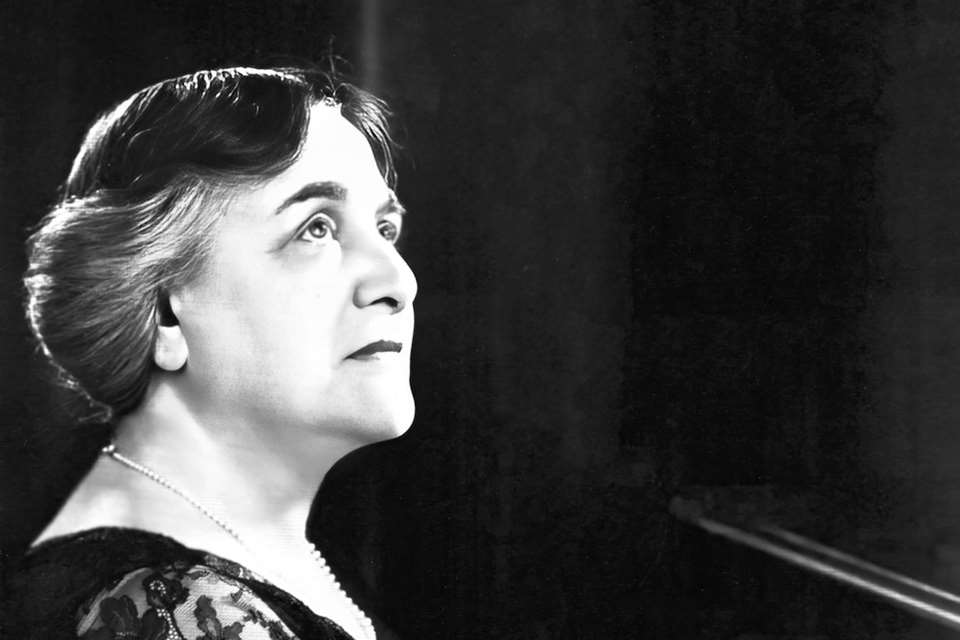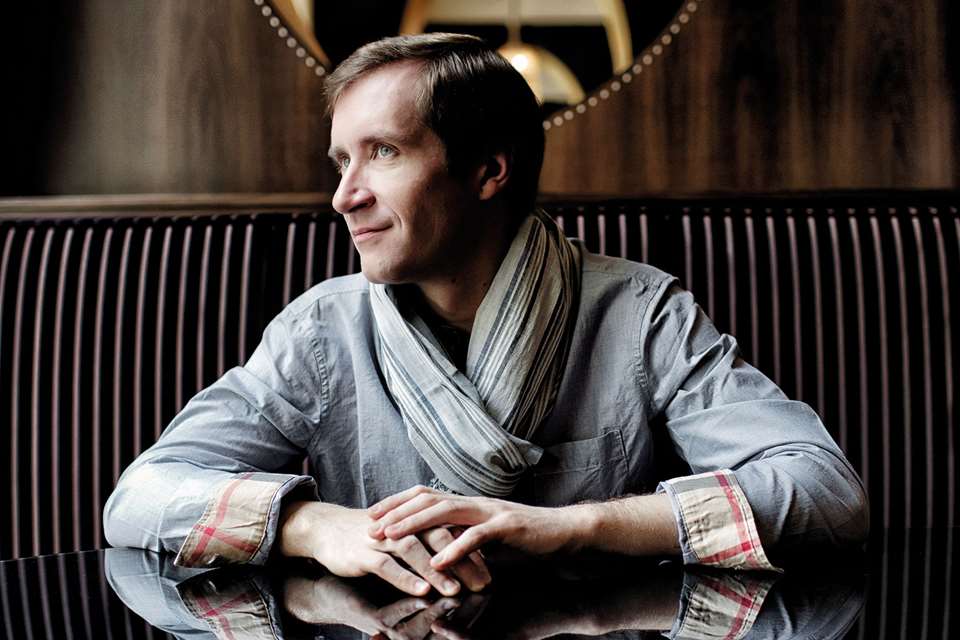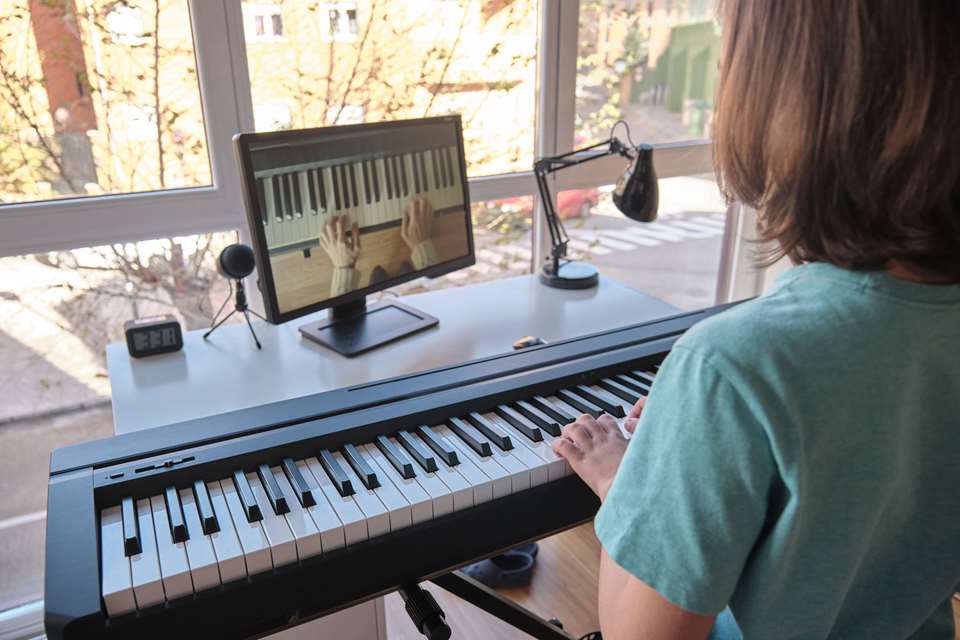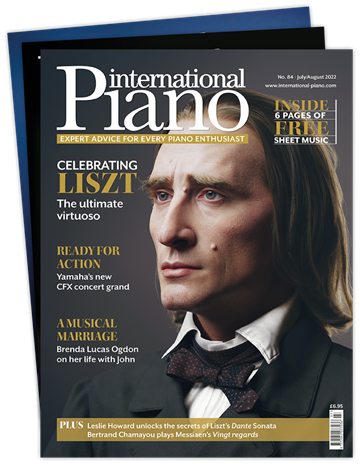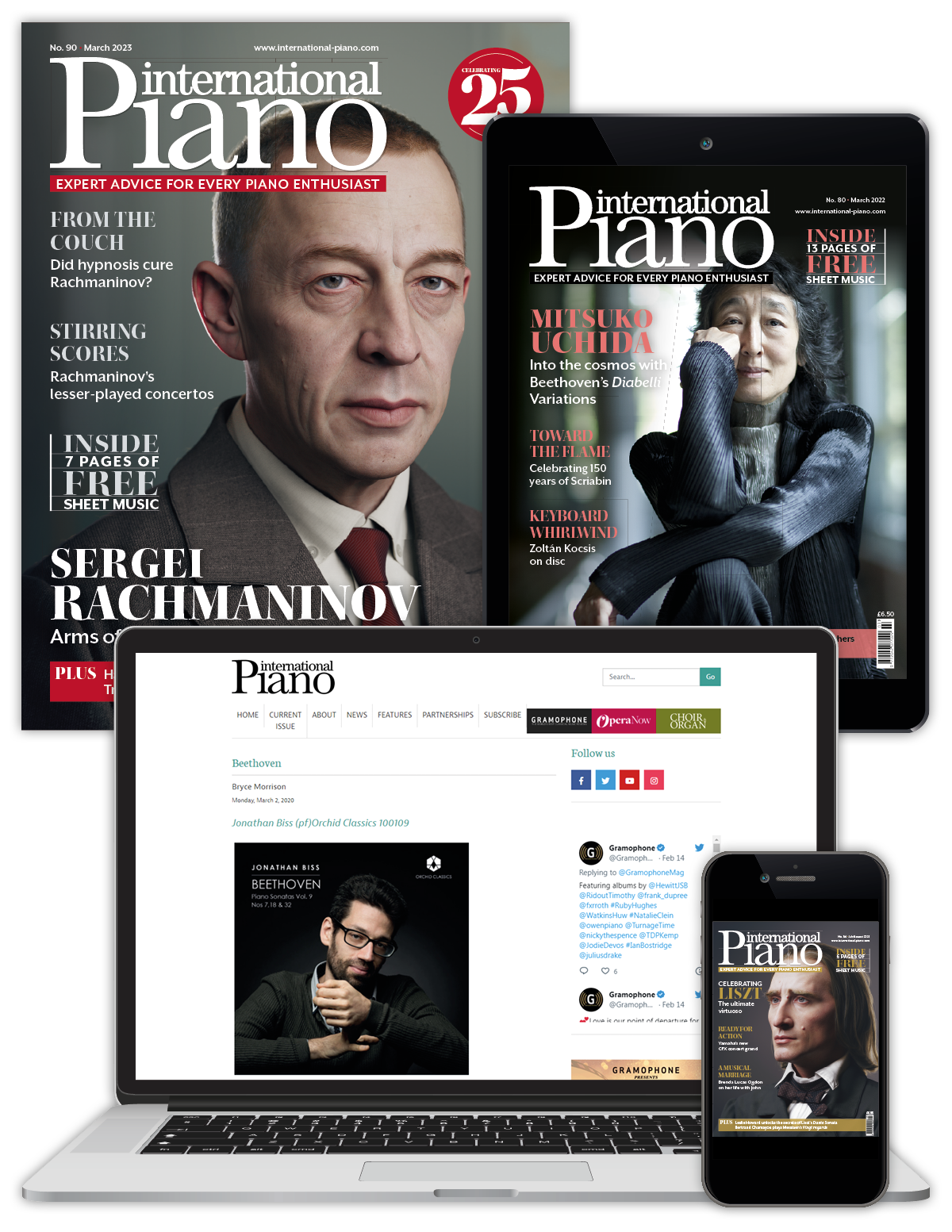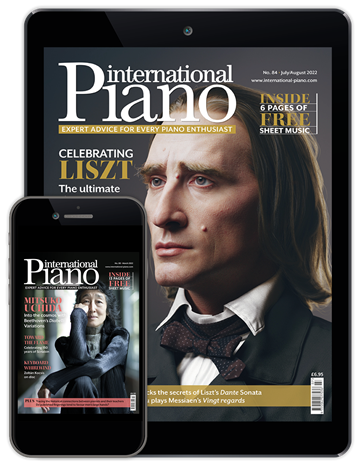Historical Perspectives: Carl Friedberg
Mark Ainley
Friday, March 8, 2024
Mark Ainley introduces the historically invaluable legacy of Carl Friedberg, a pianist who studied with Clara Schumann, was coached by Brahms and taught for many years at Juilliard
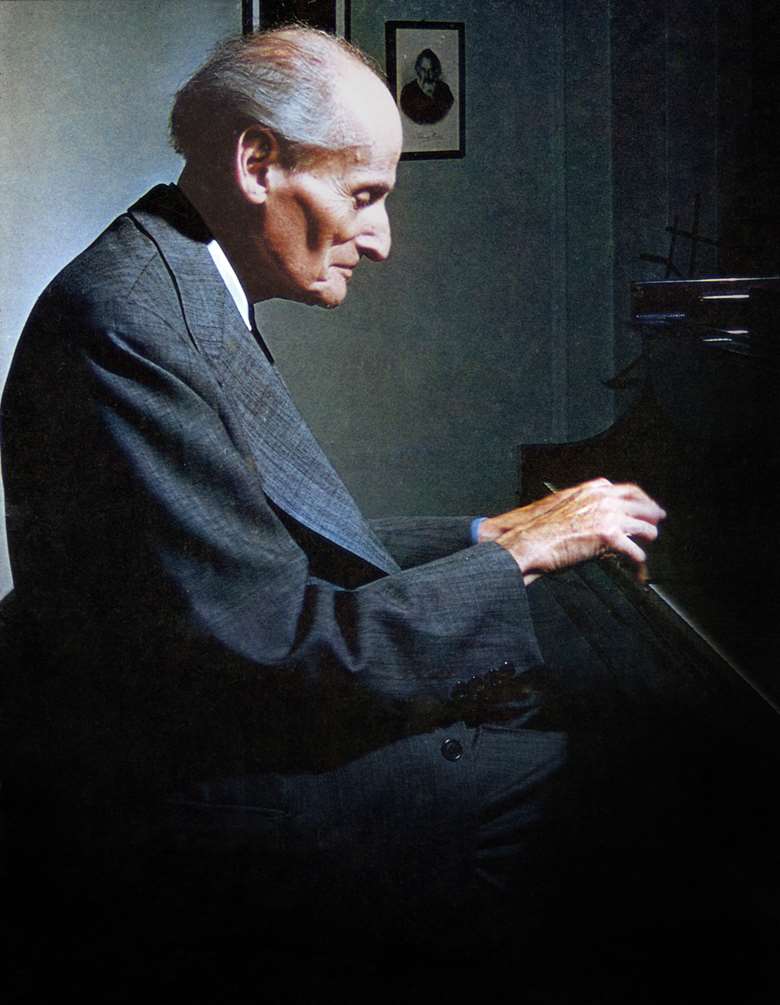
Register now to continue reading
This article is from International Piano. Register today to enjoy our dedicated coverage of the piano world, including:
- Free access to 3 subscriber-only articles per month
- Unlimited access to International Piano's news pages
- Monthly newsletter




